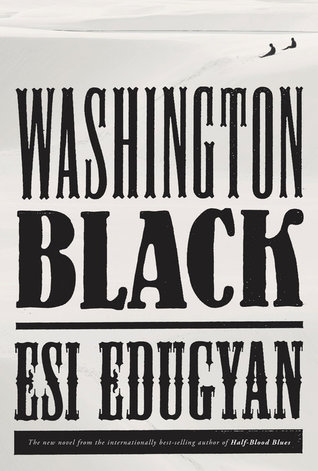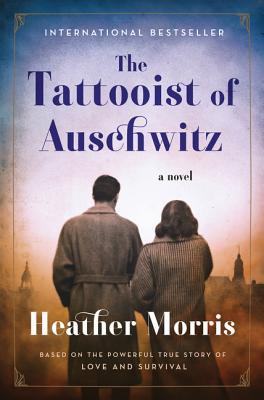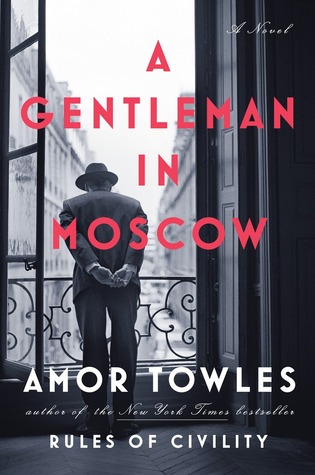Cry, The Beloved Country is a literary criticism of South African apartheid using a handful of South African characters, both black and white, to vividly display the injustice to those who normally wouldn’t see it because of the figurative partition walls. There isn’t much left to be said about a book published in 1948, translated into over twenty languages, that has sold over fifteen million copies, and which already has a multitude of critiques and responses. But as a first-time reader of the novel, it left an indelible impression. Scribner | November, 2003 (First Published in 1948) | Paperback | 316 pp
In Cry, The Beloved Country, Stephen Kumalo is a native South African, part of a Zulu tribe in a small farming community set aside for the natives, and Anglican priest. He and his wife receive a letter from Revered Msimangu in Johannesburg, someone unknown to them, about Stephen’s sister Gertrude, urging him to come visit because she needs help. Stephen decides to go to the city and look for many people in his tribe who have gone but never returned, including his own son.
The city is a strange place for simple tribal priest. But the Reverend Msimangu is a good man who helps Stephen find his way around and locate missing family members. He first finds his sister Gertrude who has fallen to alcohol and prostitution. She has a child who is unkempt and neglected. He takes them both to his boarding house, intent on bringing them both back home to the village to heal. He also finds his brother who has a new religion: political incitement. He has been rallying the natives to fight back against exploitation of the miners and unfair wages. His words are dangerous and he is seen as a threat. But Stephen is most anxious to find his son and the reverend helps him follow the trail from one lead to another.
He is disappointed in what he finds. His son had impregnated a young girl, had been incarcerated in a rehabilitation program, and then released only to disappear. The trail grows cold until a massive story breaks and Stephen Kumalo has a bad, sinking feeling.
A white man had been murdered by a native. Not any white man, but Arthur Jarvis, an outspoken political activist against apartheid. The native crime was already out of control and people feared the blacks tremendously. Arthur Jarvis blamed black crime on social injustice and lack of education and opportunities, something most whites did not want to hear. So when is he killed by a black man, apartheid is defended and the black community is in severe distress. Stephen Kumalo fears that the perpetrator is his son.
Days later, his son Absalom, consumed with guilt, confesses when he is approached by law enforcement. Worse still, Stephen Kumalo realizes that the man killed is the son of his white neighbor, James Jarvis, in the small farming community where he lives.
Both Stephen and James follow a transformative path. Stephen loses his faith, but it is regained through the kindness he sees in people. James, even though he loses his son to black crime, begins to study what his son had written. Although he never before agreed with his son’s views, he begins to see things in a different light, and even develops a relationship, albeit quiet and distant, with the father of his son’s killer.
“Sorrow is better than fear, said Father Vincent doggedly. Fear is a journey, a terrible journey, but sorrow is at least an arriving.”
This is not a book I would normally choose to read. It was chosen by my book club, and for that I am thankful. My trusty book club always gets me to read outside of my preferred reading corner, and pushes me into important books that might (gasp!) make me feel uncomfortable. And that is a good thing. I have never before read a book on South Africa or apartheid. It was an eye-opening experience, an incredibly emotional read, and it provided a small window – a small glimpse – into a world of injustice I would otherwise never know.
The author of Cry, The Beloved Country is a white man from South Africa, and when the book was published it was an enormous success. However, it was banned in his home country of South Africa. Naturally. They couldn’t have white people challenging the status quo! The style of writing is set to mimic that of the New King James Version Bible and there are a lot of biblical references. This is a Christian book with Christian themes such as forgiveness, atonement, and faith.
With the author being white, there are some things I noted that might be found offensive to others. The natives are depicted as very simple people, with simple minds, and at one point described as “children”. They are shown to be completely incompatible with western civilization, big cities, and temptation. And at one point, when Stephen Kumalo receives a timely letter from James Jarvis, one that exonerates him and proves their mutual respect, he claims that the letter is from “God”, thereby associating God with a white man. I understand the context of the moment, and the association I made isn’t as simple as that, but it still might not read correctly to some.
The encroachment on the Zulu’s people and land by western civilization and the effect it had on native family and tribes is disturbing and noteworthy. Only a very small amount of land, about ten percent, was given to the native population. Before the encroachment and development of cities and agricultural land, the Zulu had the freedom of space to roam and tend to their cattle. Being pushed into a small piece of land and surrounded by modern agriculture, their land was dying. They didn’t know how to farm the land the way western civilization did, and needed education, which was denied, to live a decent life. Therefore many left, to enter the cities and the mines for more opportunity. But the promise of opportunity was false. The workers were exploited, paid slave wages, and crime exploded.
Although the society in Johannesburg was rife with racism and apartheid, it was heart-warming to see so much kindness between people, both black and white. For example, there was a bus strike. The natives were refusing to ride the bus because of the rising cost, and so they would walk great distances. Stephen witnessed a number of white men stopping to offer rides because they knew it wasn’t right, even putting themselves in dangers because it was illegal to do so. In a book filled with so much pain, the brief respite of random kindness was needed.
I should have read this long ago. Cry, the Beloved Country is a solid historical fiction with very real injustice.
Bookstagram
Cry, The Beloved Country
by Alan Paton





